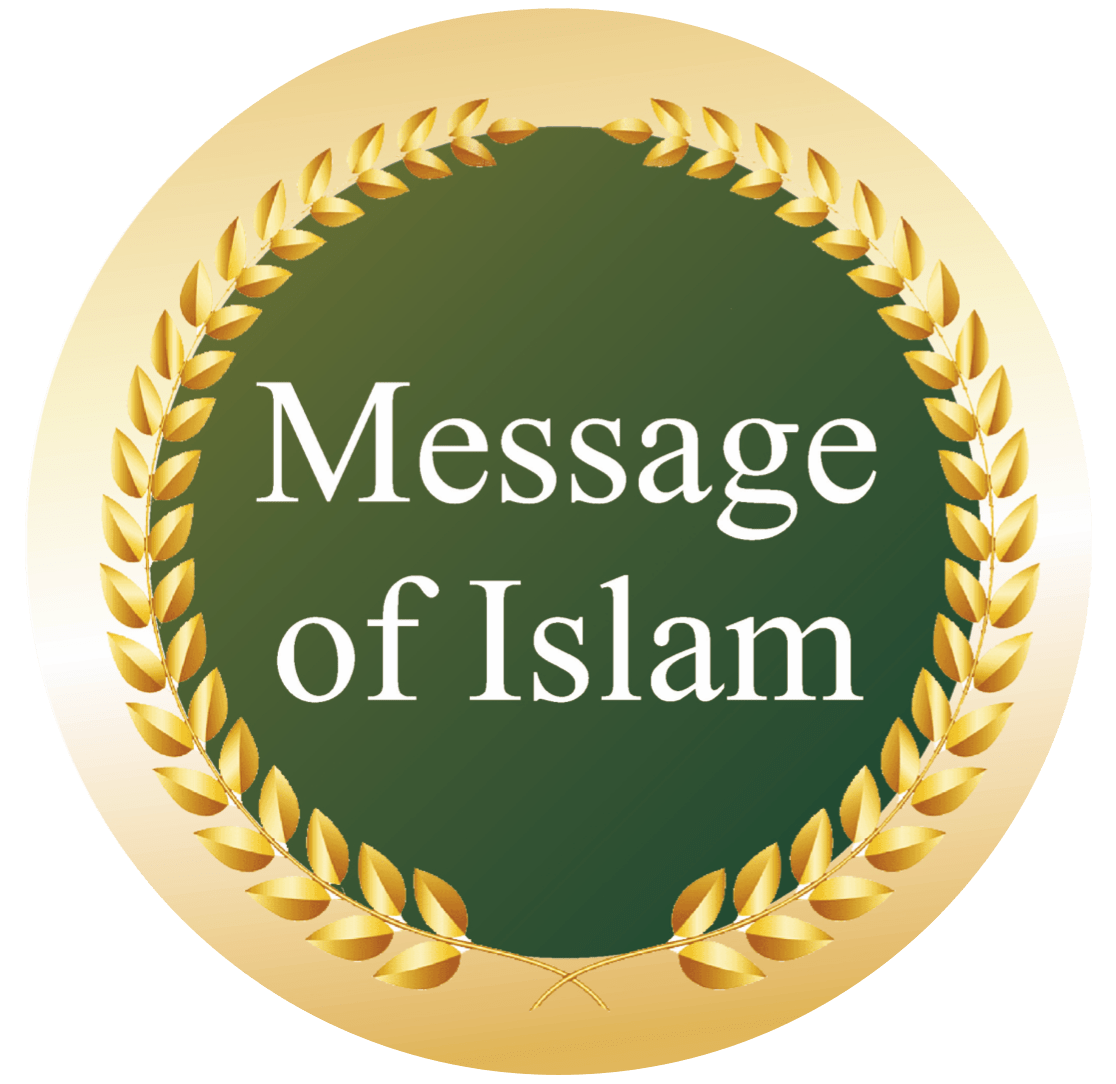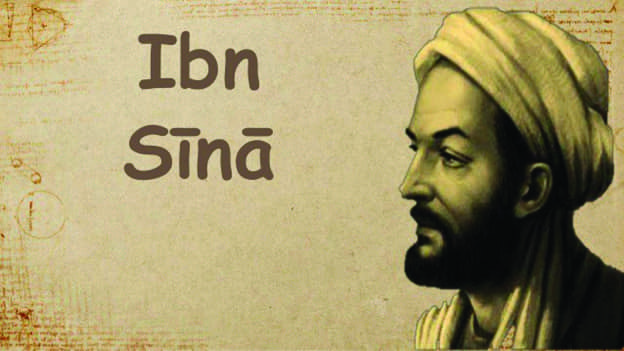Ahmed Abdallah
Muslim scientists and inventors, in the pre-modern world, were multicultural men who originated from various countries in the world such as the Arabi- an Peninsula, Eastern Africa, Gulf of Persia, Turkey, Afghanistan, Pakistan, Uzbekistan, Azerbaijan, Russia, and others. These prominent Muslim scientists were probably hundreds of years ahead of their counterparts in the European Middle Ages. They drew their scientific studies from the Qur’an with the help of their independ- ent researches. Their scientific researches were mainly influenced by the Aristotelian and Neo-platonists philosophies. They also frequently referenced the works of Euclid, Archimedes, Ptolemy, and others of their likeness. These Muslim philosophies made tremendous discoveries and inventions by writing countless books about medicine, sur- gery, physics, chemistry, philosophy, astrology, geometry, and many other relative fields. Historically, the autobiography of several Muslim prominent scholars and scientists who made substantial contributions and inventions outshine their Non-Muslim colleagues.
Among them are the following:
1. Abu Nasr Al-Farabi (872 – 950)

Abu Nasr Muhammad Al-Farabi (Latin: Alpharabius, Alfarabius, or Avennasar) was one of the earliest Islamic intellectuals who were instrumental in transmitting the doctrines of Plato and Aristotle to the Muslim world. He was a Muslim philosopher, one of the pre-eminent thinkers of Medieval Islam, and a renowned academician in the medieval Islamic World because of his great Philosophical works after Aristotle. Considerably, he was a remarkably influential and role model for the Islamic philosophers of the generations after him such as Ibn Sina (Avicenna). In his era, it is not only that he was a philosophical expert but also an outstanding linguist who translated and commentated the Greek researches based on the works of Aristotle and Plato. Being a considerable contributor, he earned the nickname Al-Mo’allim Althani, meaning “the second teacher”.
Early Period in his Life:
Al-Farabi completed his earlier education at Farab and Bukhara (currently Uzbekistan). Later on, he went to Baghdad for higher education where he studied and worked for a long time. During this period he acquired fluency and good knowledge of several languages as well as various branches of knowledge and technology. Farabi considerably contributed to science, philosophy, logic, sociology, medicine, mathematics, and music. His major contributions were in philosophy, logic, and sociology which make him an outstanding Encyclopedist.
Contributions and Achievements:
Philosopher, Farabi was the first to separate philosophy from theology. From the Middle Ages onwards, it has been difficult to find, both among the Muslim and Christian philosophers, an expert who was free from a theological influence. Similarly, all the theology analysts have been under philosophical influences. He believed in a Supreme Being who had created the world through the exercise of balanced intelligence. He also asserted the same rational faculty to be the sole part of the human being that is immortal, and thus, he set the paramount human goal as the
development of that rational faculty. Compared to any Islamic philosopher, he considerably gave more attention to the studies on political theory.
Later, in his work, by following the Platonic methodology, Farabi laid down certain leadership qualities, which are necessary for rulers and leaders. He stated that leaders should be persuaded by the rules of a good quality of an innate characteristic while exhibiting the right attitude in their ruling systems. The heart of Al-Farabi’s political philosophy is the concept of happiness, under which people strive to gain contentment. He followed examples of the Greek political philosophy to acquire the highest rank of happiness, which was allocated to his ideal self- determination whose soul was united with the “Active Intellect’. To clarify the meaning and objective of “Active Intellect” in political philosophy, we need to reference Wikipedia, which states it as follows:
“The active intellect (Latin: intellectus agens; also translated as agent intellect, active intelligence, active reason, or productive intellect) is a concept in classical and medieval philosophy. The term refers to the formal (morphe) aspect of the intellect (nous), in accordance with the theory of hylomorphism. The nature of the active intellect was the subject of intense discussion in medieval philosophy, as various Muslim, Jewish and Christian thinkers sought to reconcile their commitment to Aristotle’s account of the body
and soul to their own theological commitments. At stake, in particular, was in what way Aristotle’s account of an incorporeal soul might contribute to an understanding of the nature of eternal life” (https://en.wikipedia.org/ wiki/Active_intellect).
Farabi served as a tremendous source of aspiration for intellectuals of the middle ages and made enormous contributions to the knowledge of his day, and that is how he paved the path for his succeeding philosophers and thinkers of the Muslim world.
Farabian epistemology has both Neoplatonic and Aristotelian dimensions. The best source of Farabi’s classification of knowledge is his book “Kitab Ihsa Al-ulum”. This work neatly illustrates Farabi’s beliefs both in esoteric and exoteric ways. The term “exoteric may reflect the notion of a divine identity that is outside of, and different from, human identity, whereas the esoteric notion claims that the divine is to be discovered within the human identity” (https://en.wikipedia. org/wiki/Exoteric). The combination and reconciliation of these two accounts lead him to a primary Aristotelian dimension that stresses the importance
of knowledge. Thus, Al-Farabi’s points of view regarding epistemology, using both Neoplatonic and Aristotelian voices, stems from what has been described as a complex encyclopedic range of articulation.
Al-Farabi also co-authored books on early Muslim sociology as well as some remarkable books on music such as Kitab Al-Musiqa (The Book of Music). Although this book has been introduced to the West as a book of Arabian music, it, indeed, reflects the study of the theory of Persian music studies at the time. He invented several musical instruments contributing to the knowledge of musical notes. It has been reported that he could play his instrument so well as to make people laugh or weep at will. Farabi’s treatise meant the Intellectual exercise with music therapy, where he discussed the therapeutic effects of music on the soul. Al-Farabi has numerous Publications, such as:
- Kitab Ihsa Al-ulum (the book of the Enumeration of the Sciences)
- Kitab Al-Musiqa Al-Kabir (The great book of music)
- Al-Madina Alfadila (The virtuous City) Risala Fil Aql (Epistle on the intellect)
- Kitab Al-huruf (The book of letters) and Many others
The Later Period in his Life:
Farabi traveled to many distant lands throughout his life and gained many experiences. As a result, he made many contributions for which he is still remembered and caused him to be acknowledged. Despite facing many hardships he worked with full dedication and made his name among the leading scientists in history. He died as a single who never married in Damascus in 339 A.H. /950 A.D. at the age of 80 years old.
2. Ibn Sina (980 – 1037)
Ibnu Sina, also known as ‘Avicenna’, is a renowned true polymath with his huge academic contributions, including medicine, psychology, pharmacology, geology, physics, astronomy, chemistry, and philosophy. He was also a poet, an Islamic scholar, and a theologian. Among his most important contributions to medical science is his famous book titled “Al Qanun Fi Al-Tibb” (The Canon of Medicine). This book is an immense five-volume encyclopedia of medicine containing over a million words. It comprises medical knowledge available from ancient Muslim sources. His other major work is “The Book of Healing”, a scientific and philosophical
encyclopedia. This book was translated into Latin in the twelfth century and was used as the standard medical text in European universities until the mid- seventeenth century.
His other major work was “The Book of Healing”, which contains a scientific and philosophical encyclopedia. This book was intended to ‘heal’ the soul. It was divided into four parts: logic, natural sciences, mathematics, and metaphysics. In his book, he developed his own system of logic, Avicennian logic. In astronomy, he proposed that Venus was closer to the Sun than the Earth. He invented an instrument for observing the coordinates of a star. He made several astronomical observations and stated that the stars were self- luminous. In mathematics, Avicenna explained the arithmetical concept and application of the “casting out of nines”. Ibn Sina also contributed to the knowledge of poetry, religious studies, and music. In total, Avicenna wrote over 400 works, of which around 240 have survived.

Contributions and Achievements:
This great scientist was born around 980 A.D in the village of Afshana, near Bukhara, Uzbekistan. That is his mother’s hometown, and it is where he completed his primary and intermediate education. His father, Abdullah, was an advocate of the Ismaili sect who was originated from Balkh, which currently is a part of Afghanistan. By the age of ten years old he memorized the entire 114 chapters of the Quran, and, as a result, was acknowledged as Hafiz al- Qur’an. He had exceptional intellectual skills which enabled him to overtake his teachers by overwhelming their knowledge at the age of fourteen. During the next few years, he devoted himself to the study of Islamic Jurisprudence, philosophy, natural science, logic studies, Euclid, and Ptolemy’s Almagest. Ibn Sina was an extremely religious man. When he was still young, Ibn Sina was highly overwhelmed by the work of Aristotle on metaphysics so that he would pray to God to guide him. Finally, after reading the manuscripts of the former famous philosopher Al-Farabi, found the solutions to his difficulties.
The Later Period in his Life:
At the age of sixteen, Ibn Sina dedicated all his efforts to the learning of medicine and by
thetimehewaseighteen,hegainedthestatus of a reputed physician. During this time he cured Nuh II, Ruler of the Samanids from an illness in which all the renowned physicians had given up hope. On this great effort, the Amir wished to reward him, and the young physician requested Amir’s consent to use his exclusively stocked royal library.
On his father’s death, when Ibn Sina was twenty-two years old, he moved to Jurjan near the Caspian Sea where he was hired as a lecturer of logic and astronomy courses. There, he met with his famous contemporary colleague, Abu Rayhan al-Biruni. Later, he traveled to Rey and then to Hamadan (both in present-day Iran), where he studied, wrote, revised, and published most of his academic works. In Hamadan, he also cured Shams Al-Dawla, the Emir of Hamadan, from another severe illness.
From Hamadan, he moved to Isfahan (now in central Iran), where he finished his epic writings. Nevertheless, he continued to travel to gain more mental exertions, especially to fathom the causes of political chaos. In the last decade of his life, he spent most of his time in the service of the military as a chief commander for the government of Ala al-Dawla Muhammad. Besides military service, he served as a physician, general literary man, and scientific consultant. He died in June 1037 A.D, at the age of 58, and was buried in Hamedan, Iran.


